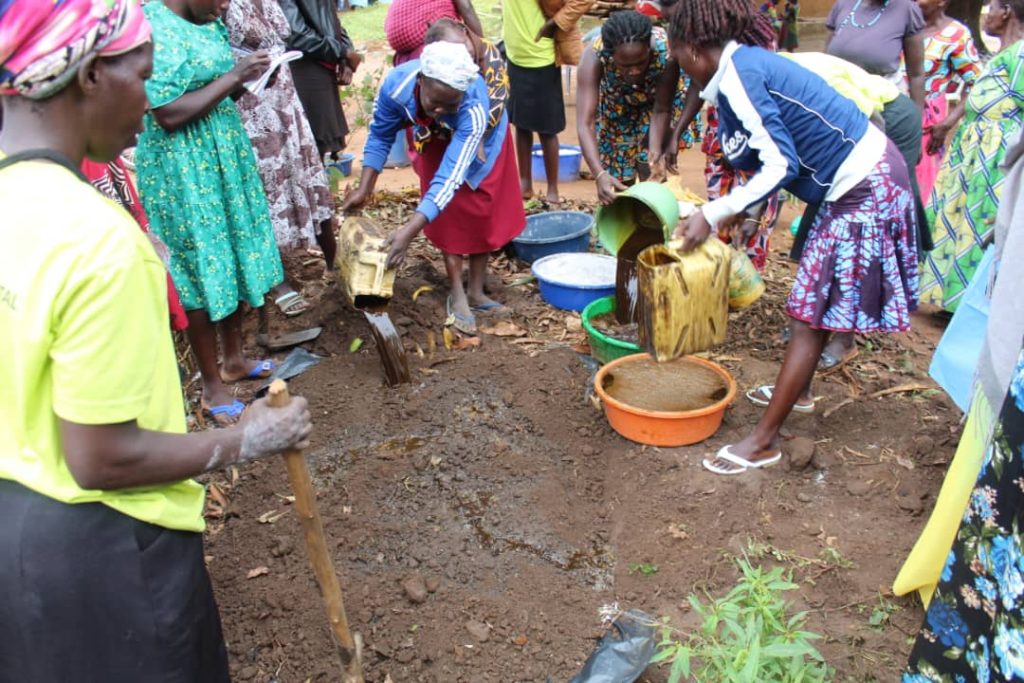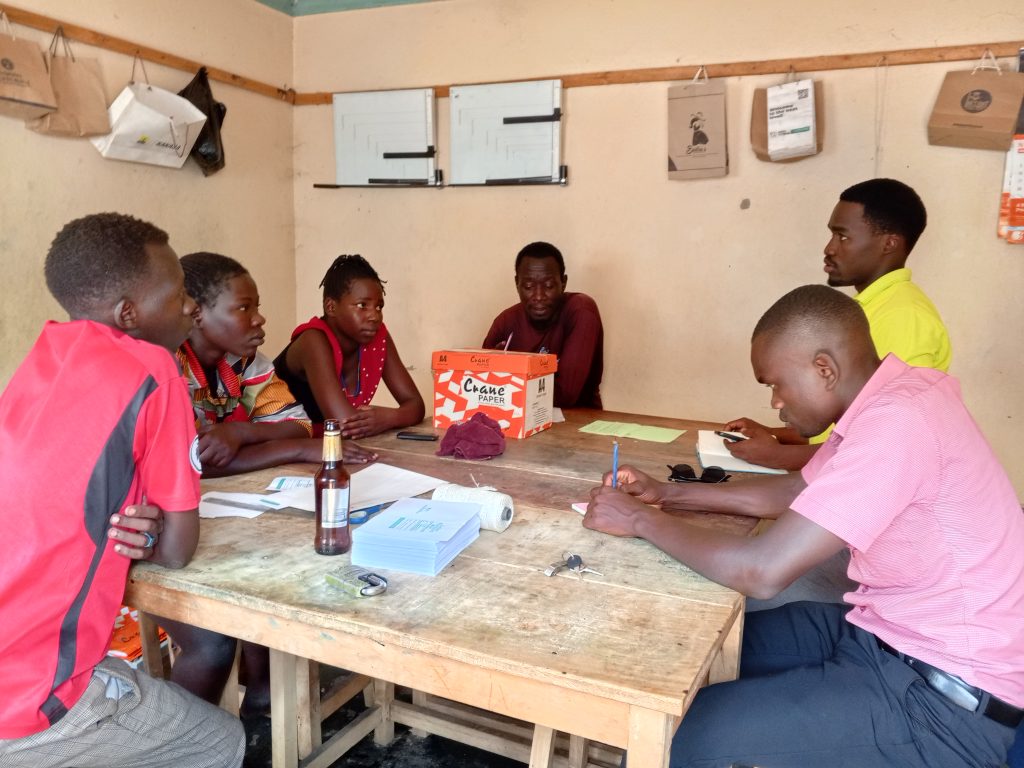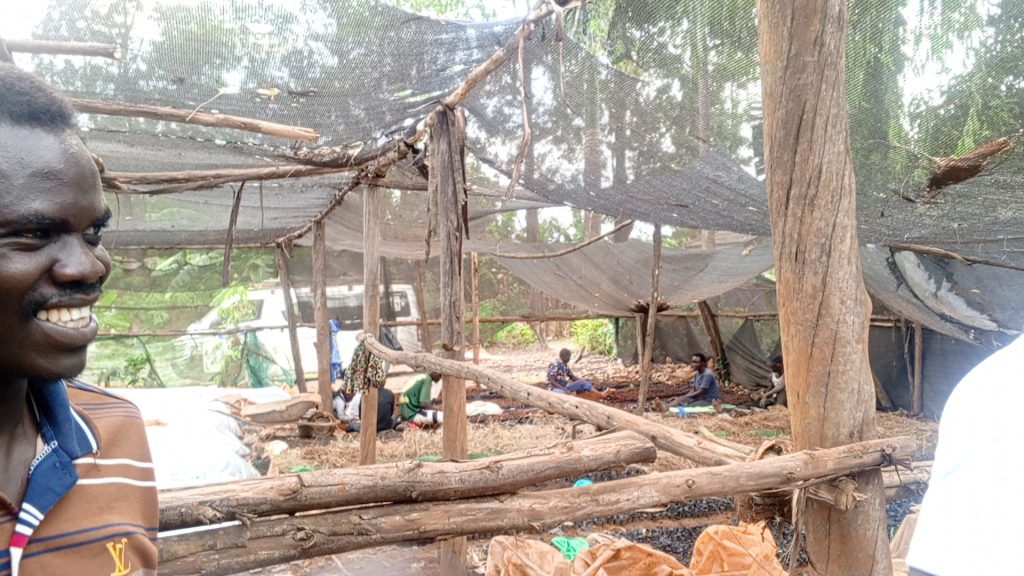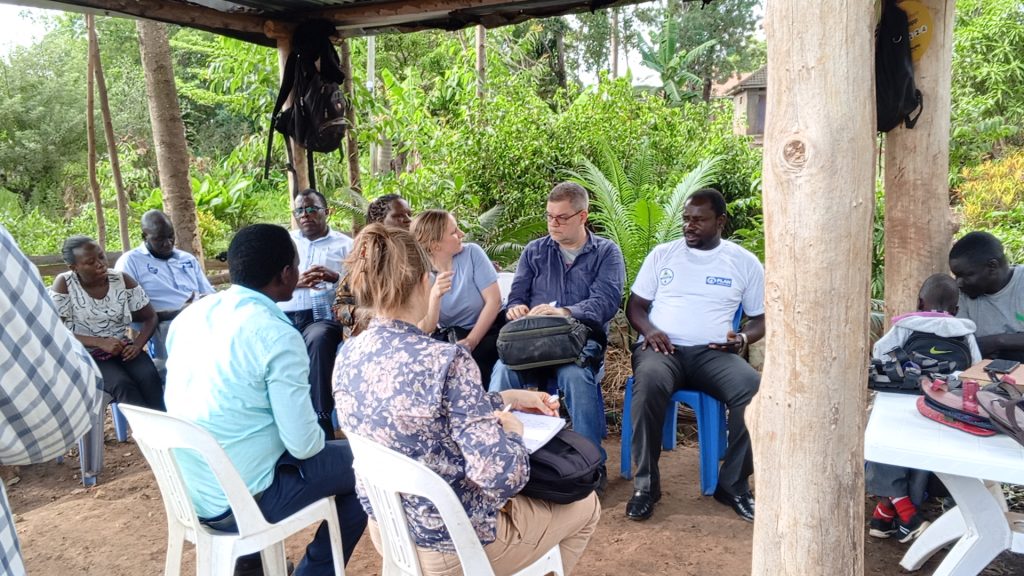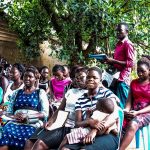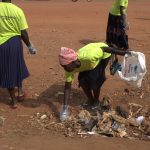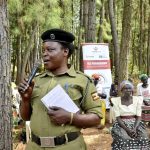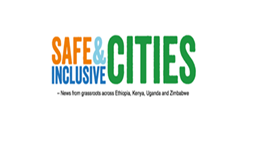
Introduction
The Safe and Inclusive Cities (SAIC) project is a transformative initiative implemented in Lira City, Uganda, aimed at addressing urban violence, exclusion, and youth unemployment by empowering young people as agents of positive change in their communities. Led by PLAN Uganda in partnership with GLOFORD Uganda, and funded by the Danish Government, the SAIC project is part of a broader commitment to fostering urban development that is inclusive, sustainable, and driven by the needs of marginalized populations—particularly the youth.
Context and Rationale
Uganda is one of the fastest urbanizing countries in Africa, with cities like Lira facing growing pressures from youth unemployment, rapid population growth, poor urban planning, and limited access to social services. Youth, who make up the largest segment of Uganda’s population, often find themselves excluded from decision-making processes, employment opportunities, and safe public spaces.
Urban areas have also witnessed a rise in crime, gender-based violence, and social inequality. In response to these challenges, the SAIC project was designed to create safer, more inclusive urban environments by unlocking the potential of youth through training, advocacy, innovation, and entrepreneurship.
Objectives
The SAIC project has three core objectives:
Reduce Urban Violence and Insecurity: Address key drivers of urban violence, including unemployment, lack of services, and social exclusion.
Promote Youth Engagement and Inclusion: Equip youth with skills, knowledge, and platforms to participate in governance and community development.
Enhance Livelihood Opportunities: Support youth-led businesses and green enterprises to foster economic resilience and community transformation.
Key Components and Activities
1. Youth Leadership and Governance
Establishment of Youth Hubs and Innovation Centers.
Training in civic engagement, leadership, and conflict resolution.
Youth involvement in city planning and decision-making processes.
2. Livelihood Development
Vocational and business skills training.
Seed funding for youth-led start-ups and green businesses.
Mentorship and coaching by local business leaders and experts.
3. Urban Greening and Environmental Action
Promotion of urban agriculture and green businesses.
Support for initiatives like the New Glory Group, which engages youth in tree planting and floriculture.
Community clean-up campaigns and environmental awareness drives.
4. Gender Equality and Social Inclusion
Training on gender equity, GBV prevention, and inclusive practices.
Safe spaces for young women and girls.
Support for youth with disabilities and other marginalized groups.
Success Stories: The New Glory Group
A standout example of the SAIC project’s impact is the New Glory Group in Lira—a youth collective that has launched a successful greenery business. By growing and selling a range of trees and ornamental plants, the group is not only creating jobs and income, but also beautifying the urban landscape and contributing to climate resilience.
The ripple effect of this initiative is evident: several members have leveraged the income and skills gained to start side businesses, including shoe-making and craft production. This multi-layered entrepreneurship model reflects the project’s long-term vision—supporting youth not just to survive, but to thrive and lead.
Impact and Outcomes
Since its inception, the SAIC project has achieved remarkable milestones in Lira:
Hundreds of youth trained in entrepreneurship, leadership, and life skills.
Dozens of youth-led enterprises launched in fields such as urban greening, craft-making, and technology.
Increased participation of young people in local governance and city development.
Reduction in community tensions and violence, particularly among unemployed youth.
Improved gender inclusion, with a significant number of young women taking leadership roles and starting businesses.
Partnership and Sustainability
The success of the SAIC project is rooted in strong partnerships. PLAN Uganda, with its global expertise in child and youth rights, and GLOFORD Uganda, a grassroots organization with deep ties to local communities, have worked hand-in-hand with local governments, community leaders, and the youth themselves to ensure relevance, ownership, and sustainability.
Ongoing monitoring, community feedback mechanisms, and adaptive programming have ensured that the project remains responsive to local needs.
Conclusion
The Safe and Inclusive Cities (SAIC) project is a model of how youth-centered, community-driven development can reshape urban landscapes. In Lira City, it has not only tackled the root causes of violence and exclusion but has also unlocked the potential of youth to lead in creating a future that is safer, greener, and more inclusive.
As cities across Uganda and Africa continue to grow, the lessons and impact of the SAIC project offer a powerful blueprint for inclusive urban transformation driven by the energy, creativity, and resilience of young people.
Memorable Insights from the project
